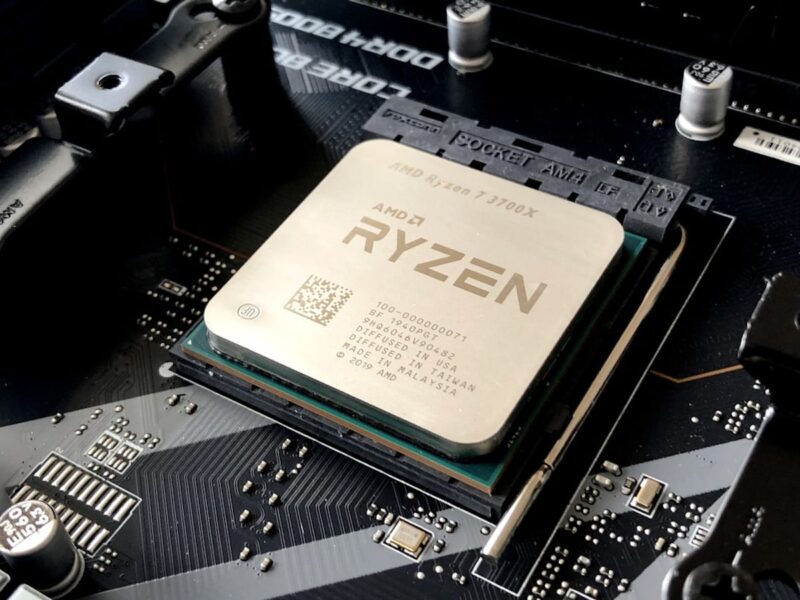Return merchandise authorization (RMA) plays a significant role in consumer transactions, allowing for a structured process when products need to be returned. Understanding how RMA functions can streamline both the customer experience and the operational efficiency of businesses. With the rise of e-commerce, where customer satisfaction often hinges on hassle-free returns, mastering the RMA process has become vital for retailers.
What is return merchandise authorization (RMA)?
Return merchandise authorization (RMA) is a process that both customers and businesses utilize when a product needs to be returned. It serves as a formal agreement between the retailer and the customer, enabling the latter to send back a product, whether due to dissatisfaction or defects. The RMA process is essential for maintaining accurate inventory and assisting customers effectively.
Understanding return policies
Return policies are the guidelines that dictate how a business handles returns. They vary significantly between different retailers, impacting the return process.
Types of return policies
Return policies typically fall into several categories:
- Defective product returns: This policy outlines the conditions under which a customer can return faulty items.
- Unopened packaging returns: Some products, like software or personal items, may only be returnable if unopened.
Refund methods and considerations
Different refund methods can create confusion for consumers. Common practices include:
- Refunding the purchase price: Most businesses will return the original amount paid upon receiving the returned item.
- Offering store credit: In some cases, especially for opened items, consumers may receive store credit instead of a monetary refund.
Return window and warranty period
Understanding the timeframe within which returns are accepted is crucial. Most retailers set a specific return window, often ranging from 30 to 90 days, which should be adhered to for a successful return. Additionally, warranty periods can affect the return process, especially for defective items.
How RMA works
The RMA process is a structured way of handling product returns that begins when a customer seeks to return an item.
Issuance of RMA
At the heart of the RMA process is the interaction with customer service.
This team plays a critical role in issuing an RMA, often requiring customers to provide details about the issue they experienced with the product. Efficient customer service can streamline this process, making returns as easy as possible.
Essential documentation: The return authorization form
A return authorization form is a vital component of the RMA process.
This document includes:
- Contents of the form: The form typically lists return policies and provides special instructions for customers.
- Customer feedback: Some forms may include sections for customer feedback, helping improve future service or products.
The importance of RMA in retail
RMA isn’t just about managing product returns; it also has significant implications for businesses.
Financial impact of returns
Return costs can add up, and RMAs help businesses track and analyze these expenses effectively. Understanding the financial implications enables retailers to optimize their inventory and customer service practices.
Enhancing customer satisfaction
An effective RMA process enhances communication and transparency between retailers and customers. Each issued RMA often provides a reference number, making follow-ups easier and improving overall customer satisfaction.
Typical return process
The RMA process follows several key steps that both customers and businesses should know.
Step 1: Identifying a defective product
Customers often realize a product is defective and may reach out to technical support.
This initial interaction can involve troubleshooting, helping to determine if the product requires a return and ensuring the issue is adequately addressed.
Step 2: Preparing the return shipment
Once an RMA is issued, customers must prepare the item for return.
Proper packaging is essential, and including the RMA number helps expedite processing. Additionally, customers should be aware of potential restocking fees for unauthorized returns to the retailer’s policies.
Step 3: Sending the product back
The final step in the return process involves shipping the product.
This marks the transfer of ownership from the customer back to the retailer. Using a trackable shipping method is advisable, ensuring accountability and providing peace of mind during the return process.
Mitigating return fraud
Return fraud can pose a significant issue for businesses, and customer service plays a crucial role in detection.
Role of customer service in fraud prevention
Through analyzing return patterns, customer service teams can identify suspicious activities. This ongoing monitoring aids in preventing abuse of the return process and ensuring fair practices for all customers.
Related topics in customer experience and service
Understanding RMA also involves examining broader concepts in customer service.
Customer service vs. customer experience
While customer service focuses on support interactions, customer experience encompasses the overall journey a customer has with a brand, including the return process.
AI and fraud management
Technological advancements, such as AI, are increasingly being utilized to enhance fraud detection and improve service efficiencies in managing RMAs.
Developing a robust customer service team
A well-trained customer service team is pivotal in handling RMAs effectively. Best practices involve ongoing training and resource allocation to ensure staff can manage returns efficiently and positively impact customer relationships.

